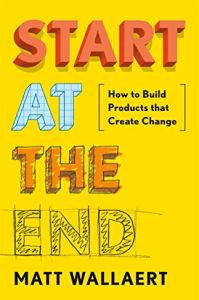Behavioral scientist and entrepreneur Matt Wallaert urges businesses to identify the behavioral outcomes they want from consumers before they design and market products. His behavioral-science-based “Intervention Design Process” (IDP) can help you understand your customers’ motivation, and find and use both promoting and inhibiting pressures to shape their actions. Wallaert uses profanity a good bit, but his message is value-based: If you are doing behavioral work, you must be transparent and ethical.
Use behavioral science to focus your marketing and product design on changing user or customer behavior.
People are inherently predisposed to influencing other people’s behavior and to using creative methods, starting at birth, to get others to do what they want. Virtually everything human beings have created seeks to influence other people’s behavior in some way.
Yet in product design and marketing, companies rarely start by explicitly figuring out what consumer behaviors they want to elicit or discourage. Companies rely on marketing and product design rather than on trying to understand why their consumers behave as they do and what could make them behave differently. Despite ample research showing how to influence behavior, businesses have been slow to put these ideas into practical application.
The “potential insight” that initiates the “Intervention Design Process” identifies a gap between current user behavior and a more desirable alternative.
The Intervention Design Process (IDP) provides a science-based framework that uses agile testing, data measurement and validation to identify which changes in a target...
Matt Wallaert, chief behavioral officer at Clover Health, has applied behavioral science to practical problems for start-ups, Fortune 500 companies and a variety of prosocial projects.

















Comment on this summary